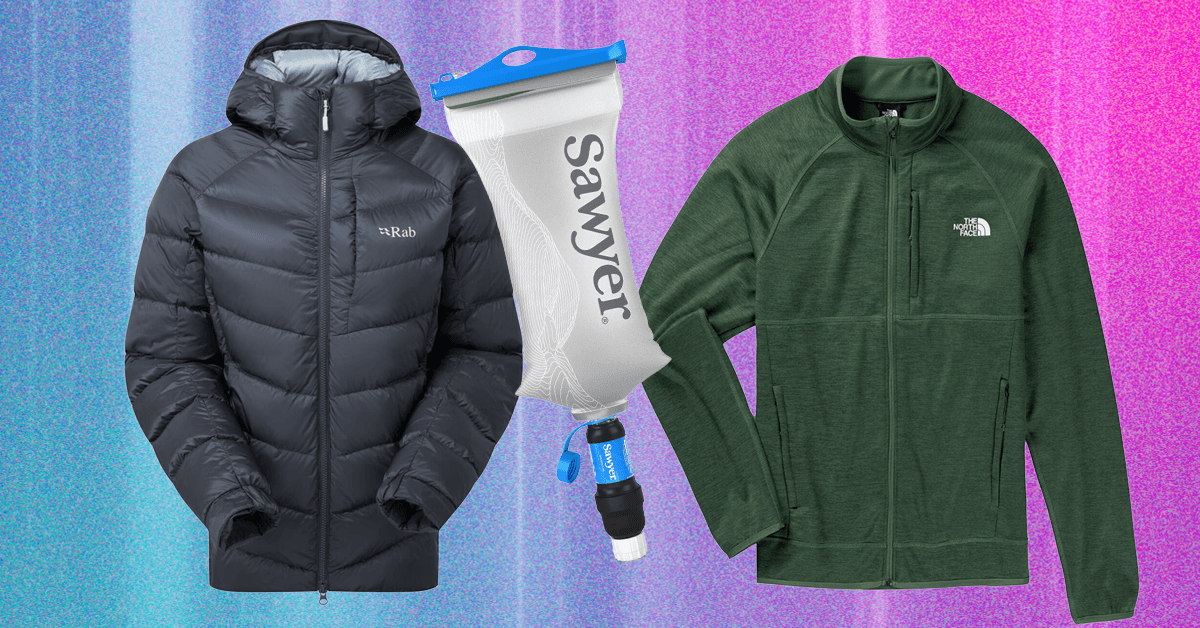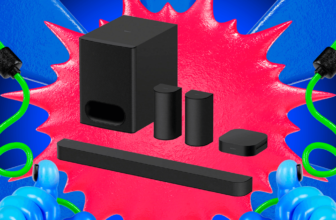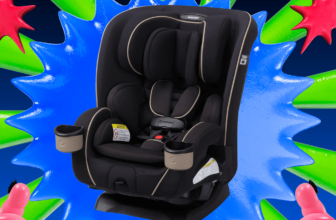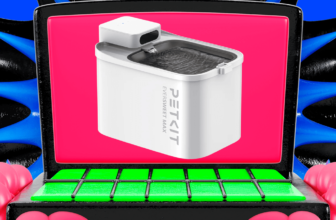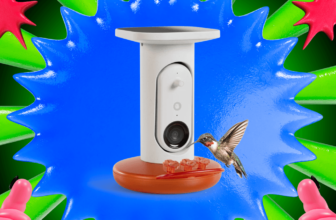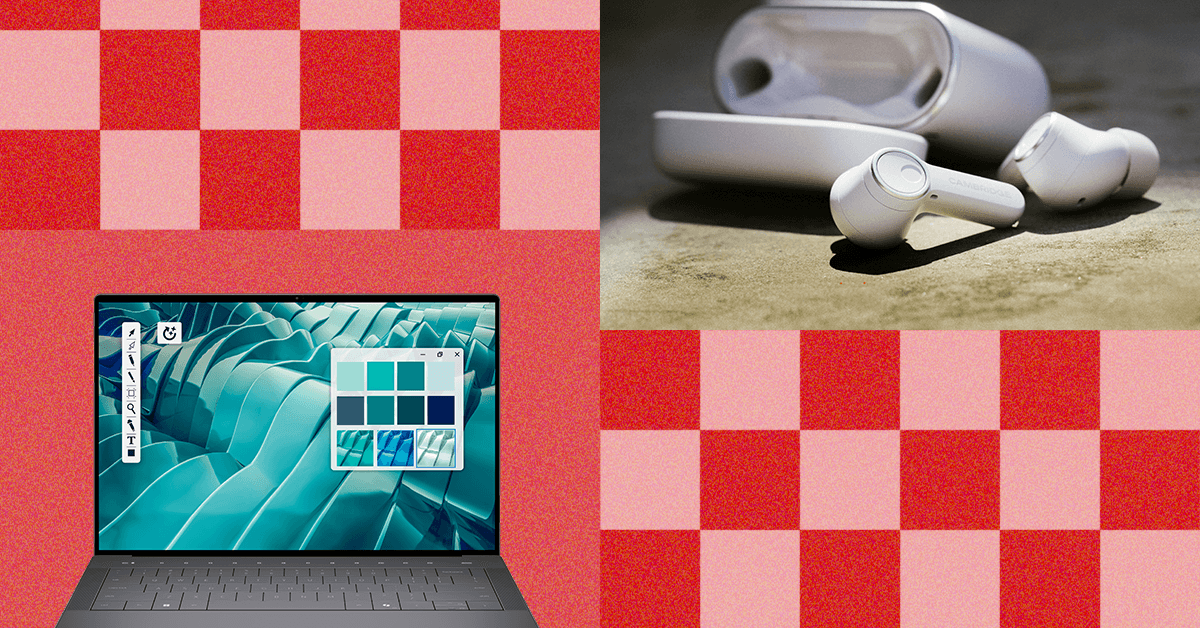
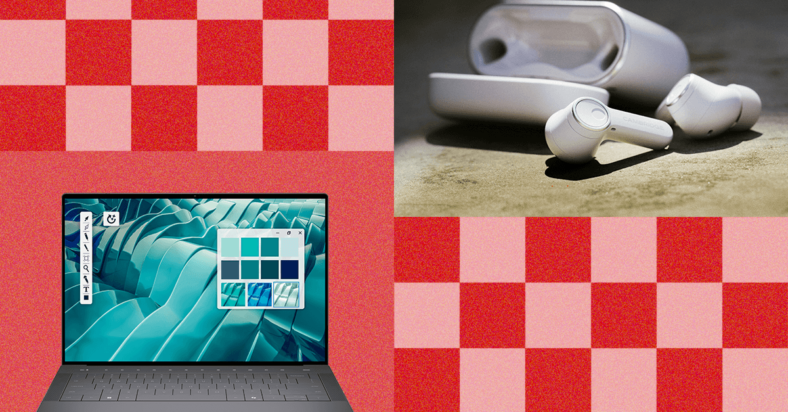
The sixth generation of Fairphone arrived this week, featuring a modular design built to last from ethically sourced components in a climate-conscious way. It has been a couple of years since its predecessor, the Fairphone 5, and the Fairphone 6 is refreshingly smaller and lighter.
It boasts a 6.3-inch OLED screen with a 120-Hz adaptive refresh rate, a Qualcomm Snapdragon 7s Gen 3 processor, and a 4,415 mAh battery that Fairphone says is good for up to two days. You also get a 50-megapixel main camera with a 13-MP ultrawide lens and a 32-MP selfie camera.
Courtesy of Fairphone
Fairphone says the new device is made with more than 50 percent fair and recycled materials, including cobalt sourced through the Fair Cobalt Alliance, fair gold, silver, and tungsten, and recycled aluminum and rare earth metals. The Fairphone 6 is 100 percent e-waste neutral, made in factories powered by 100 percent renewable energy, by people paid a living wage.
The Fairphone 6 is an Android phone with Google Gemini onboard, but the Fairphone Moments feature enables you to hit a physical switch for a minimalist mode with a pared-back interface and just five apps. Fairphone has always gone for a modular design to make repairs and upgrades easier, but this time, it includes a swappable accessory range with a case, card holder, lanyard, and finger loop. Despite the modular design, the Fairphone 6 has an IP55 rating.
The Fairphone 6 comes with a five-year warranty, software support until 2033 (eight years is more than any other Android manufacturer promises), and a guarantee of seven major Android OS upgrades. Sadly, it’s still not officially sold in the US, but you can buy one for £499 in the UK or 599 Euros on the continent. If you are interested and live in the US, there’s a de-Googled version of the Fairphone 6 running e/OS, coming in August. Too bad it costs $899. —Simon Hill
Dell Kills the XPS Brand
XPS is finally dead. Oh, you didn’t hear? Dell announced the sweeping rebrand earlier this year, but perhaps its most iconic laptop branding hasn’t changed in the past six months. No new XPS models have come out, so the laptop line has been cruising along. But now, Dell’s ambitious (and sometimes downright confusing) rebranding efforts have reached XPS, the beloved laptops that have been setting the standard for premium Windows laptops for many years. In place of what would’ve been the new Dell XPS 14 and XPS 16, the company is launching the Dell Premium 14 and Dell Premium 16. It doesn’t roll off the tongue quite the same.
Aside from the name, this is a modest upgrade over last year’s models. The new laptops use the latest Intel chips (Core Ultra 200H series) and Nvidia’s RTX 50-series graphics. Intel’s new chips claim to provide better battery life—up to 27 hours on the Dell Premium 16—whereas the RTX 5050, 5060, and 5070 will improve the graphics. The Dell Premium 14 starts at $1,650, which is $50 cheaper than what it launched at last year.
Meanwhile, the Dell Premium 16 will only launch with the RTX 5070 model, with other configurations to come later. While the designs remain as sleek as ever, the fact that both models start with only a 1920 x 1200-pixel resolution screen feels crazy at that price, especially when stretched out on a 16.3-inch screen. Let’s not forget: The 14-inch MacBook Pro has a lower starting price and comes with a high-resolution Mini-LED screen on all models. Prices tend to fluctuate, though, and I’m happy Dell is keeping these creator-based machines with discrete graphics options around. I’ll hopefully be testing them soon, but for now, let’s pour one out for XPS, an iconic PC brand that’s been around since the early 1990s—one of the last holdouts from a wildly different era in technology. —Luke Larsen
Solos’ New Smart Glasses Embrace AI
Smart glasses are taking off in various forms, but Solos sees them as wearable AI devices. Both its new models, the AirGo A5 and the AirGo V2, offer access to an AI assistant. The AirGo A5 relies on audio, with built-in speakers and microphones enabling you to access SolosChat to reply to messages or pose queries. You can also use them for calls or to listen to music and podcasts.
The more interesting AirGo V2 packs a 16-megapixel camera and a more advanced version 3.0 of SolosChat that combines ChatGPT, Claude, Gemini, and DeepSeek to identify objects, translate text, and provide the answers you need. Like the Ray-Ban Meta glasses, you can also use them to snap photos and shoot videos hands-free.

